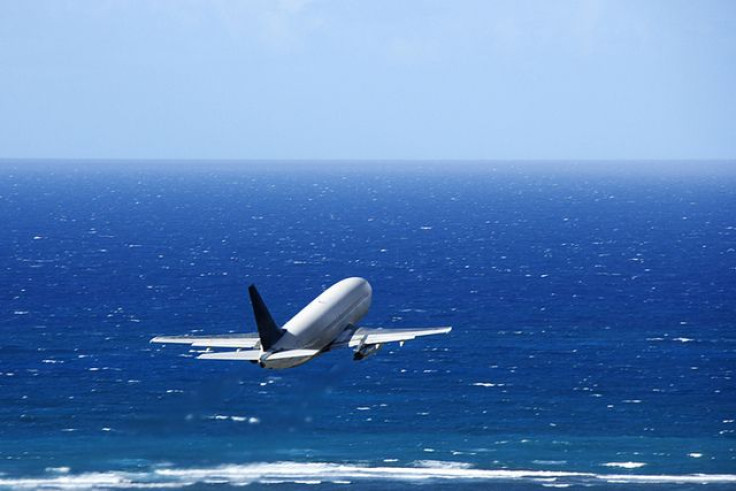Flying Samaritans: 48% Of In-Flight Medical Emergencies Handled By Physician Passengers

"Flying the friendly skies" takes a literal meaning in a report that shows on-board passengers come to the rescue in nearly half of all in-flight medical emergencies. The study, published in the New England Journal of Medicine, is one of the first to collect this data from a majority of global airlines. The panel of doctors who composed the study were from the University of Pittsburgh School of Medicine and Brody School of Medicine at East Carolina University.
Each year, 2.75 billion passengers are on commercial flights. This study reviewed the emergency medical calls from five domestic and international airlines, spanning from January 1, 2008 to October 31, 2010. The dataset represented 10 percent of the global passenger volume for this time period, and from it, researchers estimated that 44,000 in-flight emergencies occur worldwide each year
Although in-flight medical emergencies occur daily, they are rare when considered on a per-passenger basis, according to results. Only 16 out of every one million passengers required medical treatment while en route to their destination.
The chances of dying during a flight were very low (0.3 percent), and the three most common conditions were what you might expect while rocketing through low-oxygen high altitudes: fainting, respiratory complaints, and nausea. Fainting took the top spot and accounted for one-third of the 12,000 emergency calls. Most cases resolved on their own and didn't require trips to the hospital upon landing.
When illness did strike, physicians volunteered their service 48 percent of time, even though they were traveling as fellow passengers and are not legally required to do so. On-board assistance was also provided by nurses, EMS providers, and other types of health care providers.
Overall, medical professionals acted as Good Samaritans in three out of four - or 9,000 - in-flight emergencies in this study.
"The 1998 Aviation Medical Assistance Act includes a Good Samaritan provision protecting passengers who offer medical assistance from liability, other than liability for gross negligence or willful misconduct," wrote the authors, who also feel that health care workers "have a moral and professional obligation to act as Good Samaritans" when called upon.
Of the health providers who stepped into action, flights with Samaritan doctors were most likely to be diverted. Overall, diverted flights were rare - only 7 percent of all emergencies - which seems like a small inconvenience given that it could save a life.
Serious illness can occur, although infrequently, and cardiac arrest is an extremely dangerous condition to have while flying. Of the 38 documented incidents of cardiac arrest, 31 were fatal.
The Federal Aviation Administration requires all U.S. commercial airplanes to carry automated external defibrillators (AEDs), which are devices that can be used to jumpstart an ailing heart. Of the 38 heart attacks reported in this study, nine were restarted with AEDs and seven survived the episode, highlighting the importance of including these medical devices in emergency kits.
Source: Peterson DC, Martin-Gill C, Guyette FX, et al. Outcomes of Medical Emergencies on Commercial Airline Flights. The New England Journal of Medicine. 2013.



























